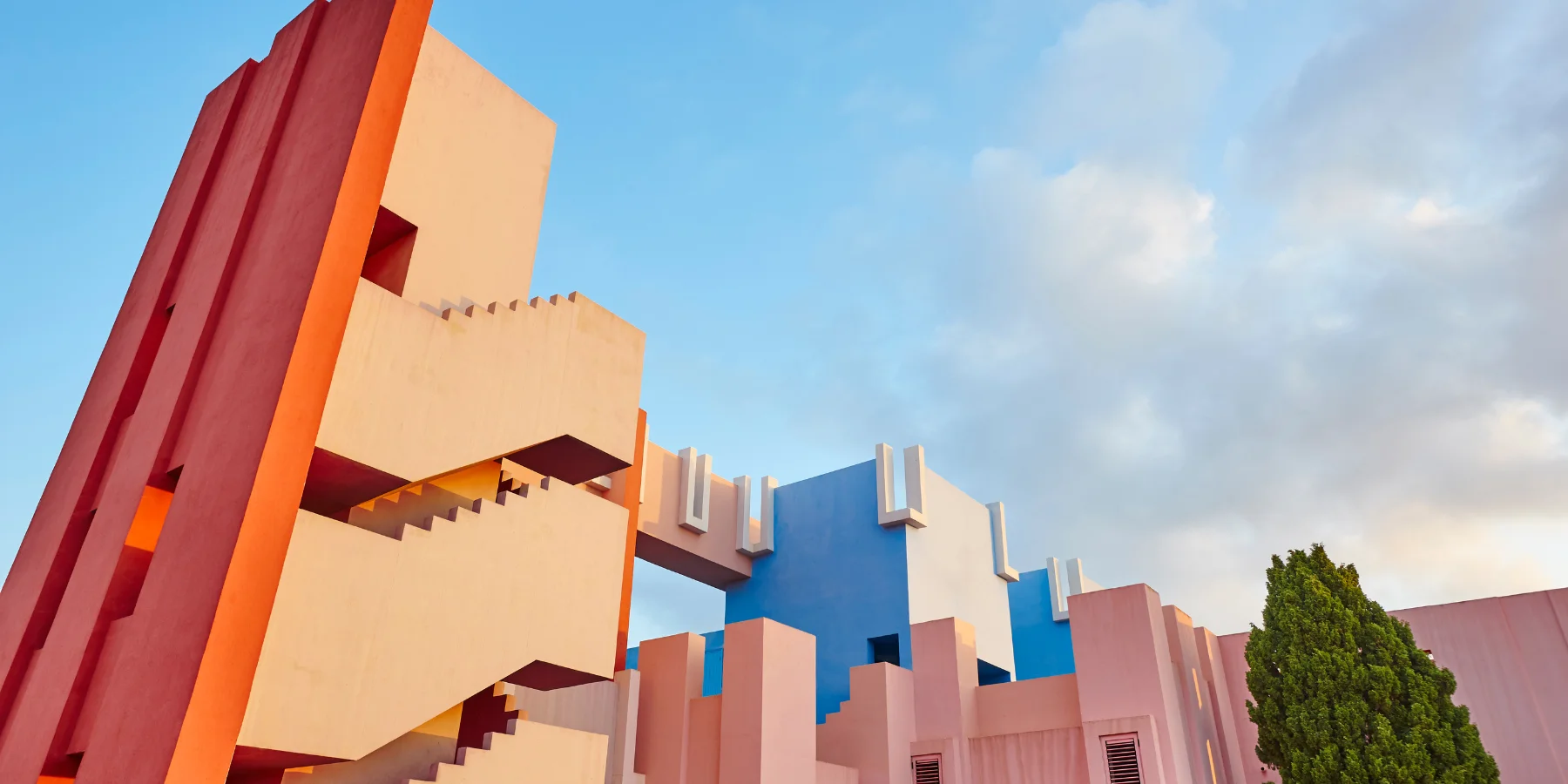Designed by the Spanish architect Ricardo Bofill for the client Palomar S.A. in 1968 and built in its entirety in 1973, La Muralla Roja has been classified among the 10 most iconic works of Ricardo Bofill. It is a building that breaks with the typical aesthetic of European Mediterranean coastal towns, traditionally white and rustic. It is precisely for this reason that it has as many admirers as detractors. But it is undoubtedly a building whose modernist architecture captivates us, makes us dream, transports us to other parts of the world in space and also in time, in a kind of "future nostalgia", so characteristic of the architecture of the late 1960s. La Muralla Roja means The Red Wall in spanish.
The design of La Muralla Roja
The architect Ricardo Bofill said that his inspiration for the design of the Muralla Roja building was the qasbah, a type of fortified building typical of the Maghreb, with a square floor plan and which served as a residence for a powerful family. Some of the most notable qasbahs are those of Ksar Taurirt in Ouarzazate and the Udaya Qasbah in Rabat.
This inspiration can undoubtedly be seen in the straight forms, the recesses formed by the rooms that jut out from one another, in the details of the stepped merlons and in the reddish tones of the clay from which the qasbahs are built.
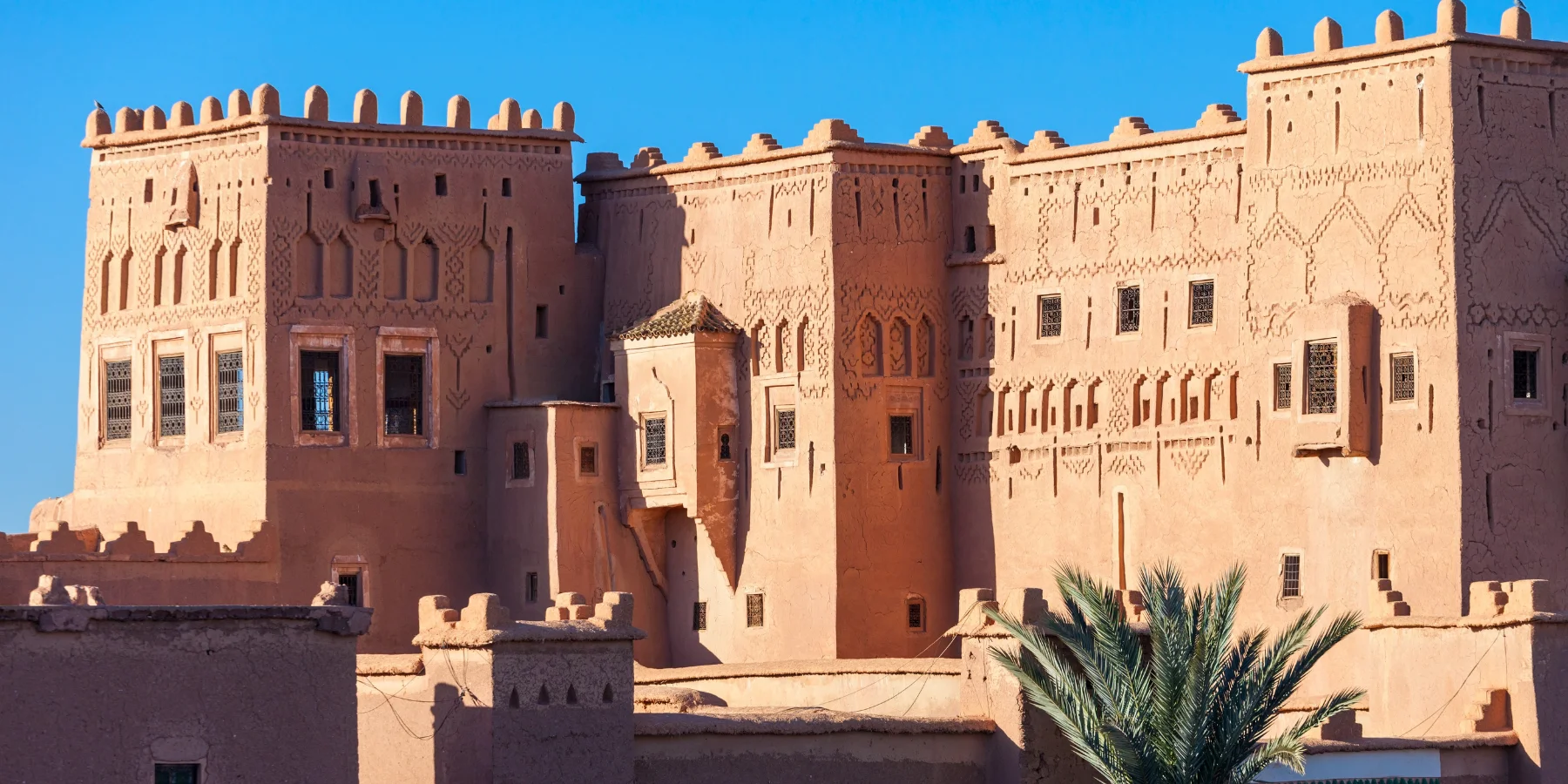
The design of the building's floor plan is based on the geometry of the Greek cross, with 5-metre-long arms, grouping several of them together and creating a labyrinthine network that aims to guide people towards the different common spaces. In this way, the architecture of the building is also close to the constructivist theories of the early 20th century.
The building consists of 50 apartments, has a communal swimming pool on the roof, countless terraces and solariums created by the natural hollows that the construction leaves in its framework.
The light, of course, plays an important role in La Muralla Roja, accentuating the intensity of the reddish, blue and indigo colours and creating fascinating optical effects that will give us a greater sense of spaciousness and connection with the sky and the sea.
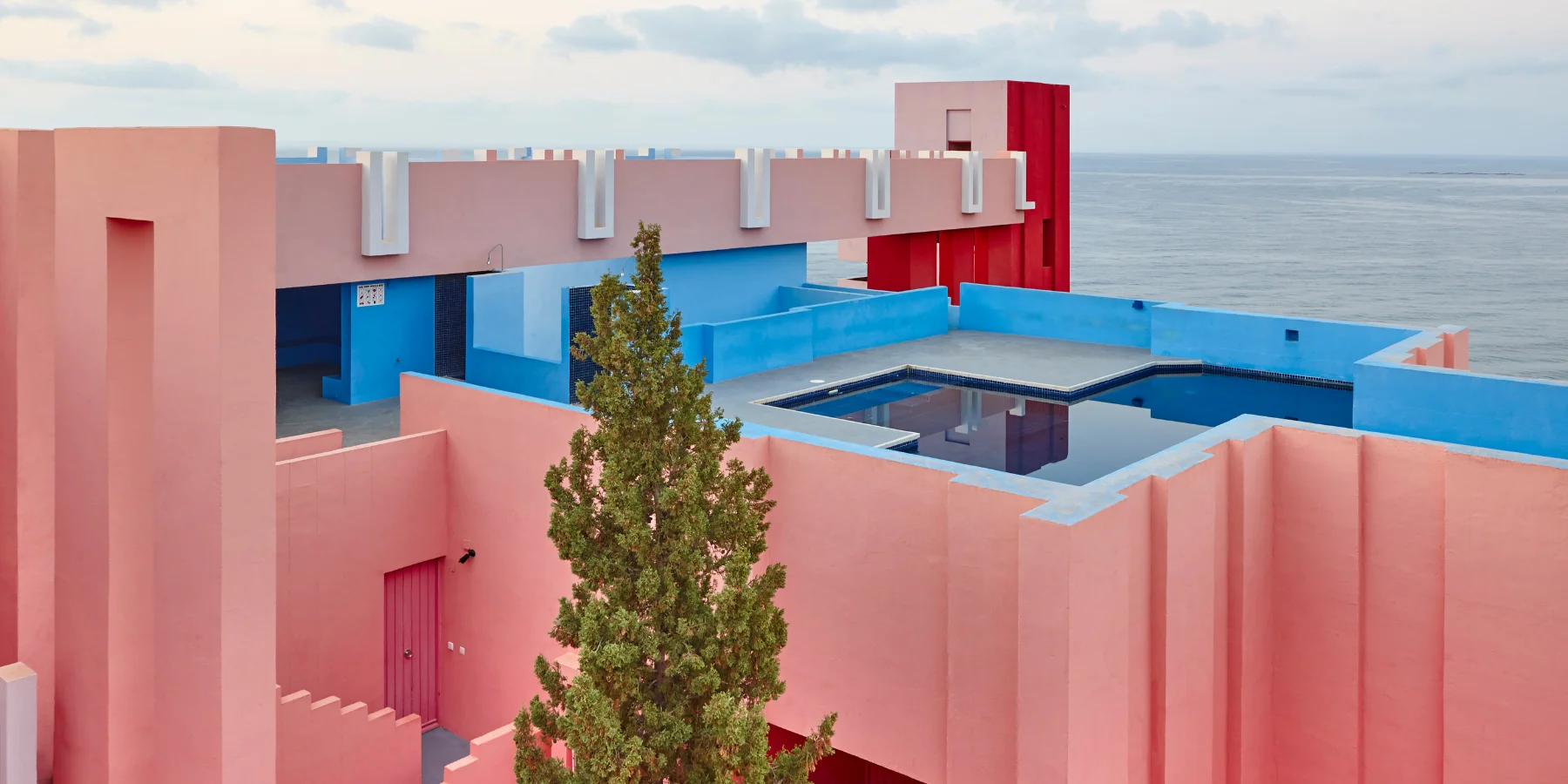
It is a building that totally breaks with the architectural line of the Alicante coastline, with its low fishermen's houses and white façade. It was precisely because of this factor that many people were initially against the Muralla Roja, arguing that it broke with the harmony and that it clashed with the maritime and green surroundings.
However, although La Muralla Roja fell into oblivion for a few years, it has been globalisation and the emergence of social media that has put this characteristic urbanisation back on everyone's lips.
How to get to La Muralla Roja?
The building of La Muralla Roja is located in the urbanization La Manzanera n. 3, south of the municipality of Calpe. To get to La Muralla Roja by car we must access Calpe from the south entrance of the N332 national road and then take the first exit to the right, towards the Manzanera urbanization. From here we will see several signs on the road that will take us to our destination.
Is it possible to enter the Muralla Roja building?
This is a question that many people ask themselves. It really is a well-known building and, as a result, many people imagine going inside to have a good photo session on its characteristic reddish and pastel-coloured staircases or backdrops. This has been happening especially in recent years, going viral on social networks. Due to the avalanche of curious onlookers who have been sneaking into this residential complex for so many years (let's not forget that it is still a private property where people live), access is restricted. The building is listed in the municipality of Calpe with the Integral level of protection and, since August 2014, the town council of Calpe approved in its plenary session the request to be declared a Bien de Interés Cultural (Good of Cultural Interest), promoted by a neighbourhood proposal so that it is the law that protects them from intruders.
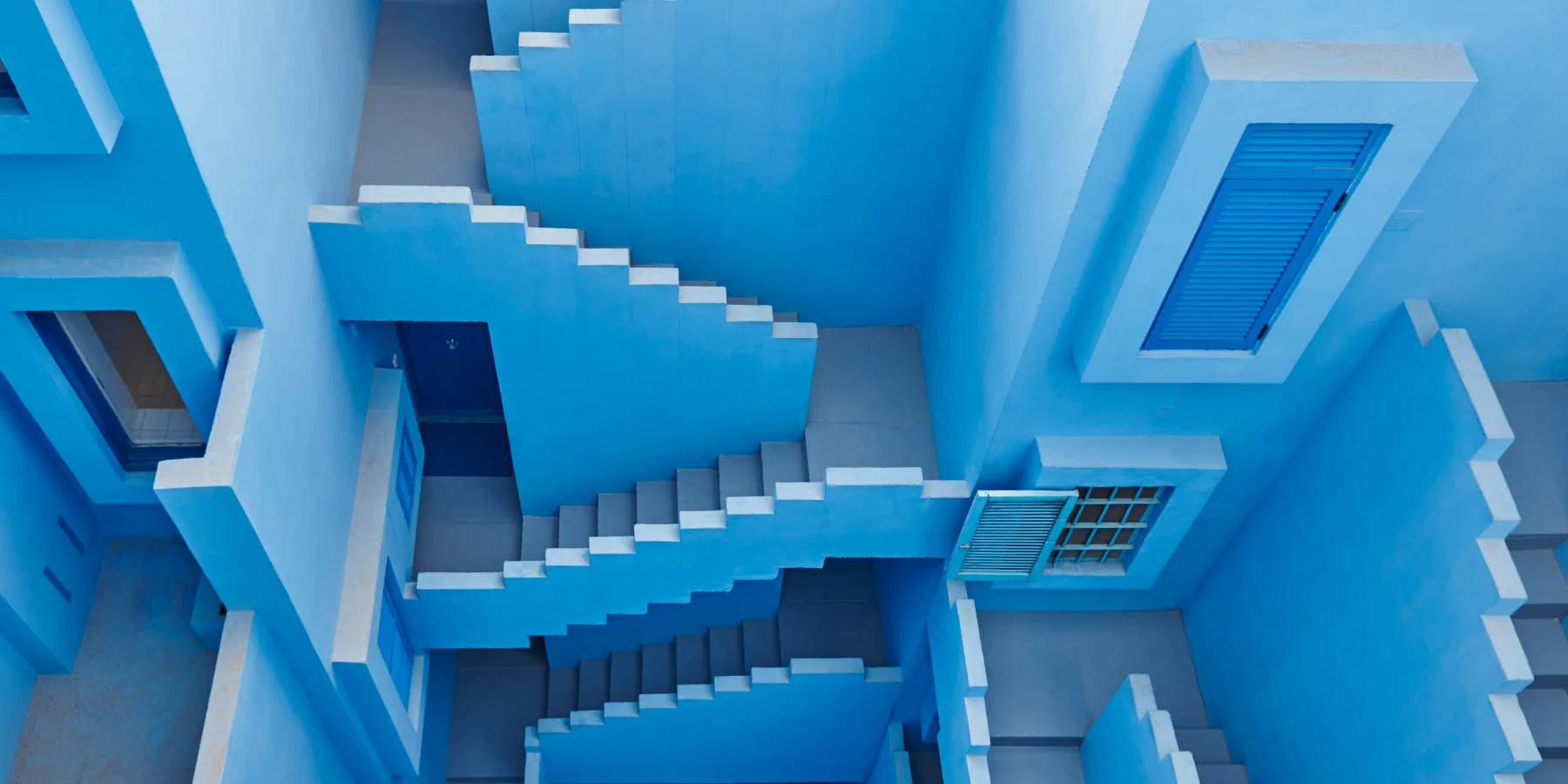
The answer to the question "Is it possible to enter the Muralla Roja building?" is yes, but only if you do so in an orderly fashion, asking for permission to film or take photos inside, or even accompanied by someone who lives there. Another possibility is to rent a flat in the Muralla Roja, which is possible through a luxury real estate agency such as Luxinmo Real Estate, or through websites such as Booking or Airbnb.
What are the apartments at La Muralla Roja like?
At the Muralla Roja you can find small studios, ideal for 1 person, or larger flats. They usually have a surface area of around 70m2. If you are curious to know what a studio at La Muralla Roja is like, you can take a look at some of the studios we have in our portfolio.
La Muralla Roja's stairs: inspiration for the series "The Squid Game"?
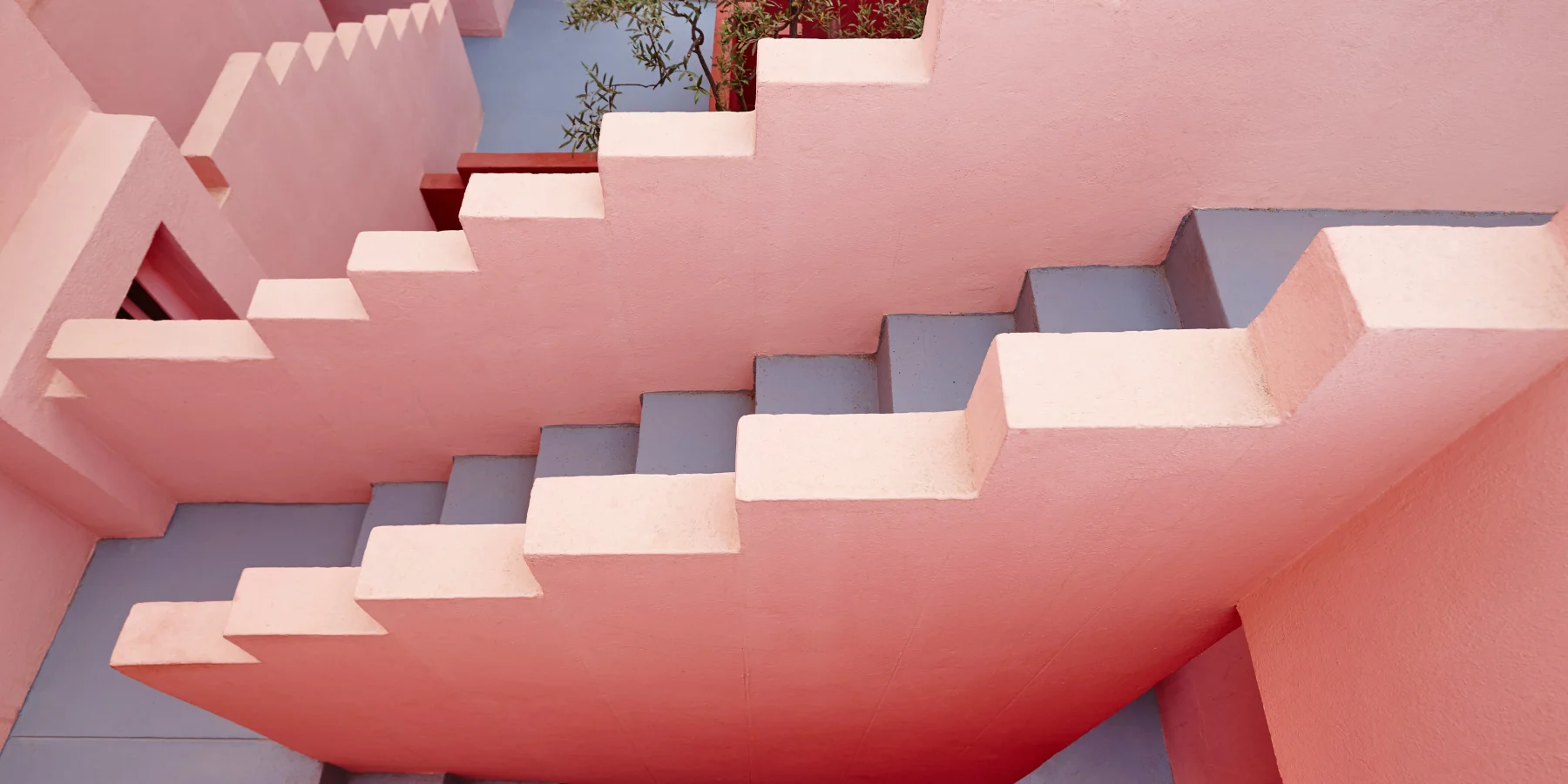
There are those who have seen in some scenes of the Netflix series The Squid Game an inspiration in the Calpe building. Specifically in its staircases. Others have also seen a clear inspiration in the lithographs of the Dutch artist M.C. Escher, much more evident if we compare images from the Netflix series with works such as "Relativity", which the production manager of The Squid Game has mentioned.
"Relatividad" de M. C. Escher Vs Escaleras de "El juego del calamar" de Hwang Dong-hyuk.
— BelverJ (@BelverJ) October 7, 2021
La litografía de 1953 del artista neerlandés sirvió de inspiración al director coreano para uno de los escenarios destacados de la serie de Netflix. pic.twitter.com/GAPd6Lavzv
One thing is clear: the naïf and pastel-coloured style of the Muralla Roja structure is timeless and appeals to all ages.
The Manzanera urbanisation
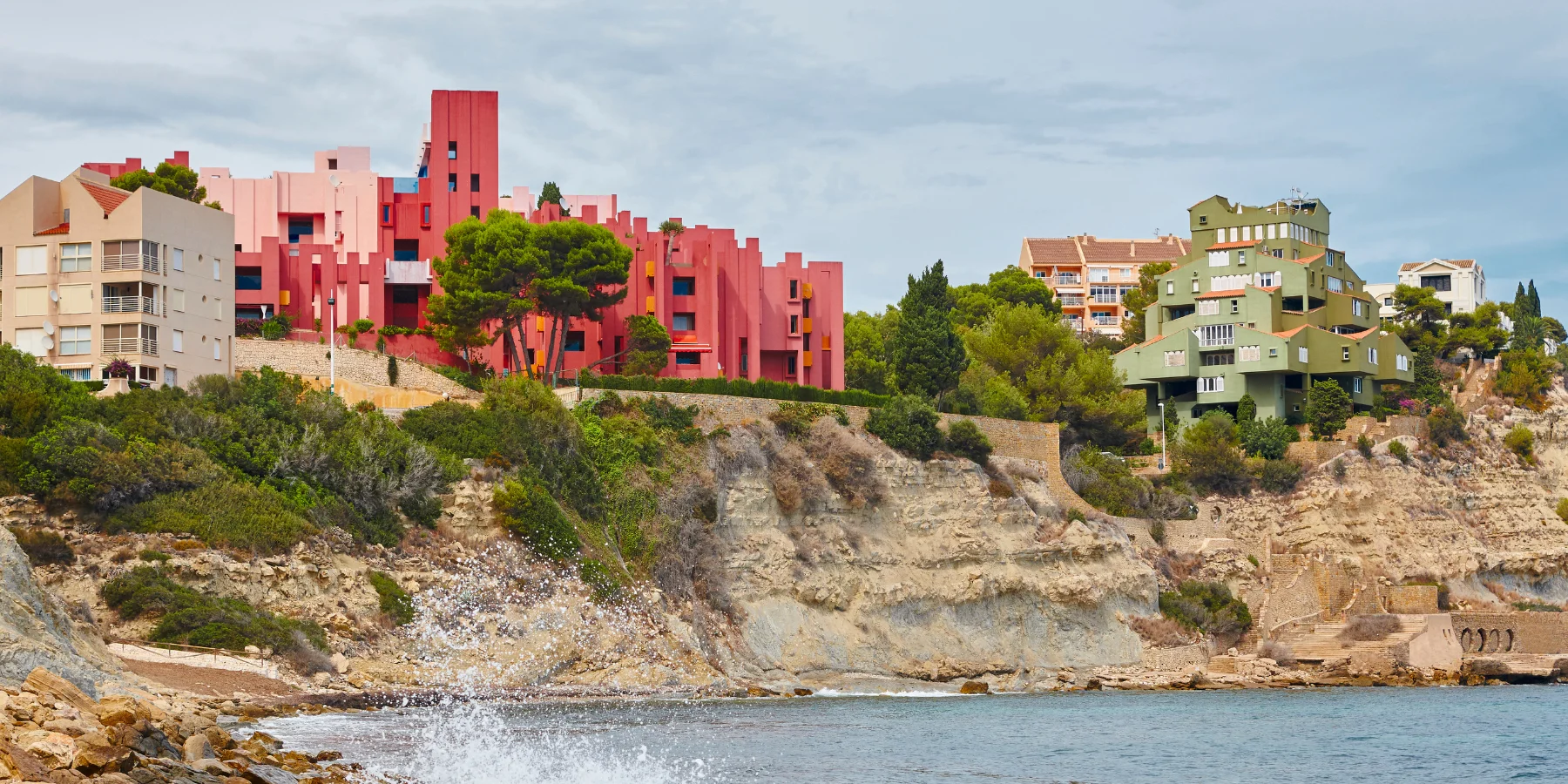
La Muralla Roja is located in the urbanisation La Manzanera. This urbanisation in Calpe was developed in the 60s and 70s and has a wide variety of homes, including flats and individual villas. Amongst others, there are the famous Ricardo Bofill buildings, La Muralla Roja and the Xanadu, elements of great architectural interest. Cala Manzanera, located below the La Muralla Roja building, is a small rocky cove much appreciated by locals and tourists alike. If you feel like visiting it, don't forget to bring your crab sandals for easy access. Here we can also find the old La Manzanera Social Club, which is in total ruins but offers impressive views of the Peñón de Ifach from inside. An ideal place for photography lovers. The concession to recover this place was granted to Calpe Town Hall in 2019.
La Manzanera is an area of great landscape and heritage value. It still houses a plot of 1,000 square metres of pine forest, the last green lung of the entire Calpe coastline. This has led Calpe council to stop the granting of building permits in the Manzanera I and Manzanera II sectors in 2019, precisely to conserve these green areas.
Latest blog entries
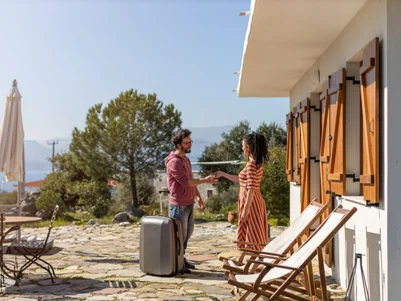
Tourist Rental Law in the Valencian Community (2025): Complete Guide
19 November, 2025
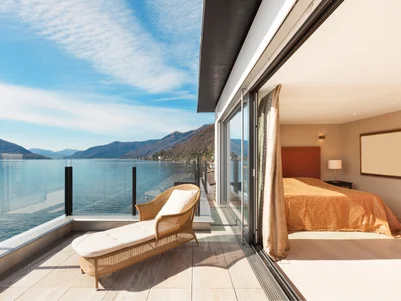
Exclusive Apartments on the Top Floor: Benefits, Lifestyle and Market Trends on the Costa Blanca & Ibiza
31 October, 2025
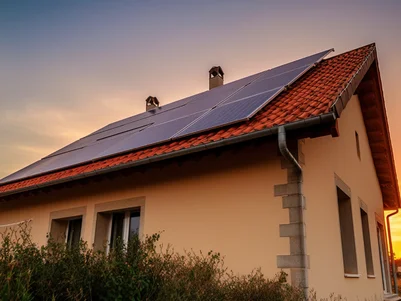
Solar energy on the Costa Blanca: profitability and added value for luxury homes
29 October, 2025
